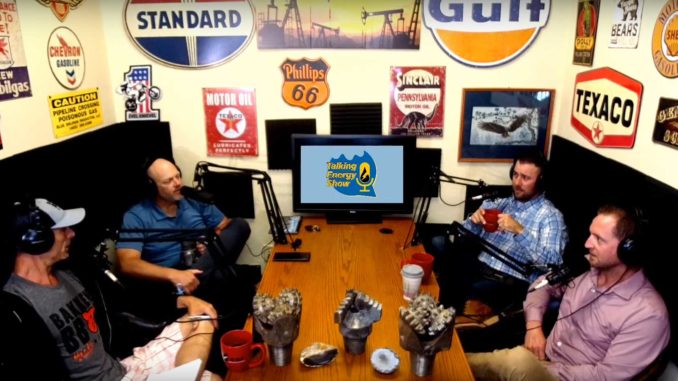

The Crude Life Morning Show: Play Hard Work Hard Episode 108
Hour One Play Hard: Jason Spiess is leaving OKC for the Shale Energy Resources Conference and Trade Show.
Hour Two Work Hard: Charlie Gorescki, CEO of the Energy and Environmental Research Center (EERC) a and Lynn Helms, Director of the North Dakota Mineral Resources and North Dakota Oil and Gas
The Crude Life Daily Update For the Radio On The Podcast: Ron Ness, President, North Dakota Petroleum Council
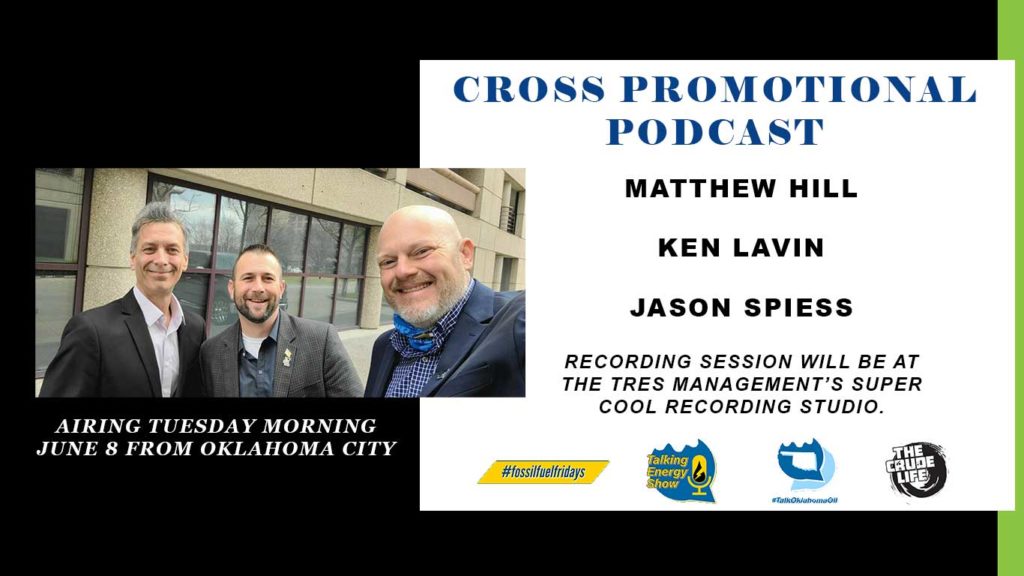
Daily Rig Count
source: tradingeconomics.com
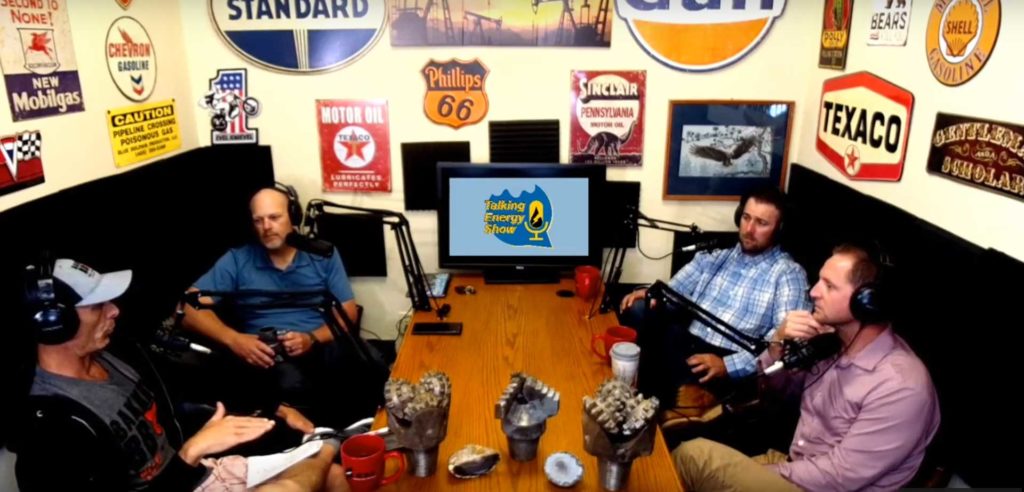
HOUR ONE PLAY HARD: Jason Spiess is making his way to the Shale Energy Conference and Trade Show in the Permian Basin. The event is taking place at the Horseshoe Pavilion and is expected to be the “welcome back” event of the Permian.
As Jason prepares for the Shale Energy Conference and Trade Show, it’s a special Cross Promotional Podcast with Ken Lavin, Matt Hill and Jeremiah Smith at the Tres Management Studios.
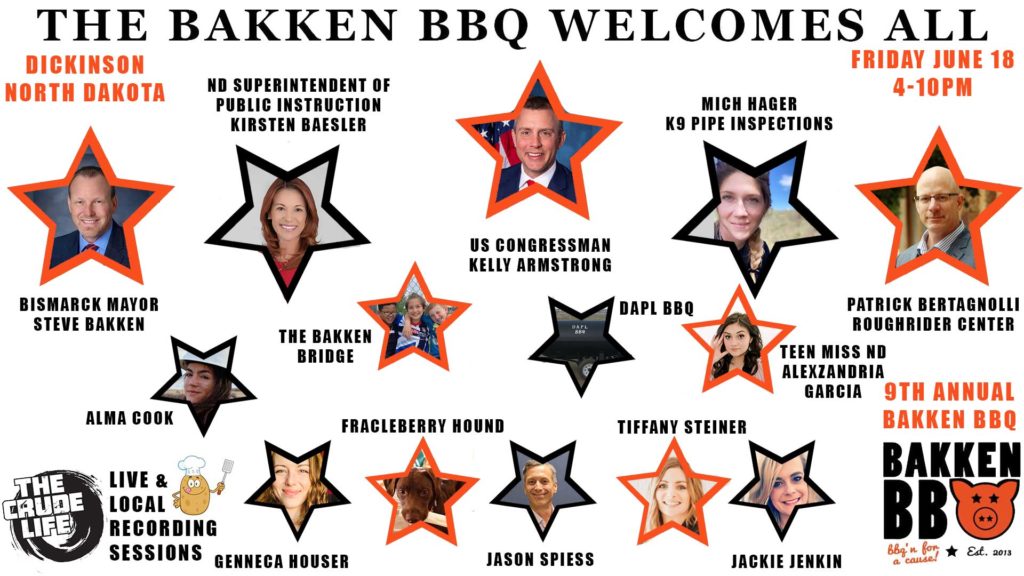
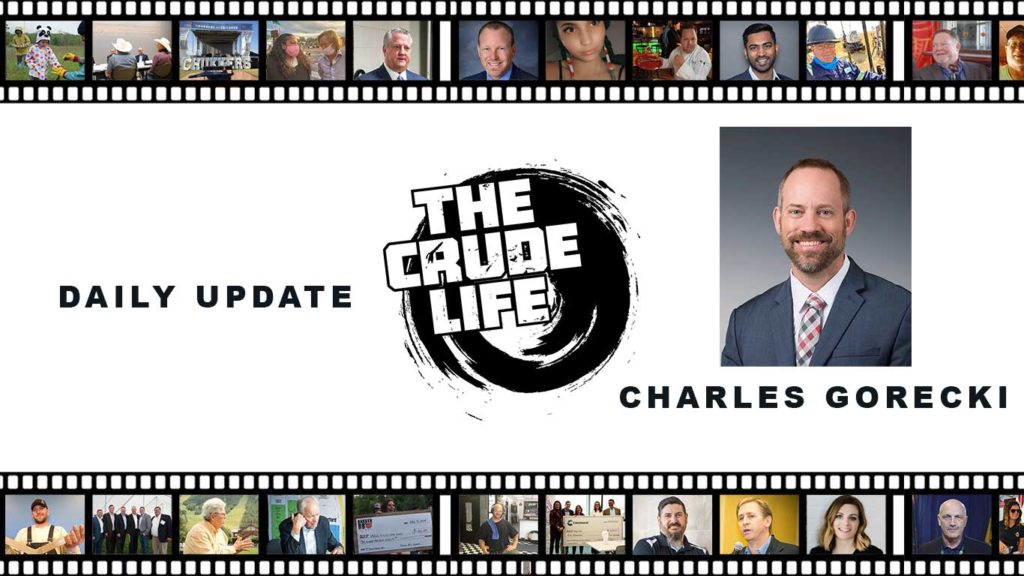
In HOUR TWO we WORK HARD with our Newsmaker Interview: Charles Gorecki, CEO, Energy & Environmental Research Center (EERC)
“You Don’t Have To Choose” interview and summary by Genneca Houser, The Crude Life Content Correspondent
Charles Gorecki, CEO of the Energy and Environmental Research Center (EERC), took some time to talk with The Crude Life about his presentation regarding the direction the Bakken will be going and big statements that may seem insurmountable to back up. One of the big statements made at the WBPC was made by Governor Doug Burgum, stating the expectation of North Dakota being carbon neutral by the year 2030.
According to Charles Gorecki, “It’s possible. It’s a big challenge, though.”
If it truly is possible, this would be because of nearly two decades worth of work and current projects, like Project Tundra, that push to make Co2 work in a positive and practical way.
“We actually could have a carbon neutral barrel of oil depending upon how you draw the box.”
With carbon playing an important role in current energy advancements, what would the possible climate tax mean? Charles discusses an apprehension for any tax on carbon for the reason that the flow of money may not be reinvested back into helpful programs. He also noted that, while we may not know what may happen with a potential tax, there are already incentives for companies to forge a more carbon friendly approach to their process.
But should another tax be implemented, Charles’ fear is that the consumer will pay for it.
“Again, there may be a carbon tax in the future. I worry
about what that will be to the end use or the people of North Dakota and
the United States as far as how much more they might pay for
energy…That’s the unintended effect of a tax generally, is all those
costs are passed on to the consumer.”
That being said, the outlook for the carbon sequestration programs looks optimistic so long as the train stays on track. Charles doesn’t believe it should have too much impact so long as the programs to bring everything carbon neutral work as they should.
“I think the way to get around for North Dakota, to
succeed in a climate with a carbon tax, is to use those technologies to
not emit the carbon dioxide. If we’re already on that path, that is the
way to continue to produce that reliable power.”
Another big focus in energy at the moment is the cybersecurity infrastructure. Has the recent Colonial Pipeline attack drawn attention to new problems? Not really. According to Charles Gorecki, this is an area of focus for many partners every day. Even the EERC faces daily attempted cyber “break-ins” but there has been a continuous effort to fortify cybersecurity for some time. So it’s not a new issue, but it is an on-going battle. Just don’t be surprised if we see more flaws in the infrastructure exposed, because the attacks will most likely keep coming.
“Even at the EERC, of course, or any company out there,
experiences these cyber attacks every single day. So certainly something
we need to continue to be vigilant about and I wouldn’t be surprised if
we continue to see foreign attacks on our infrastructure that
jeopardize the reliability of our power and providing that affordable
reliable power to our people.”
The volatility of the US energy industry has many people wondering what direction we’ll be heading from here. Only time will tell, but Charles had a final and powerful statement to leave with stating,
“We don’t have to choose anymore. We can have Clean and Reliable; we don’t have to choose between one or the other. Solutions, like Tundra, are exactly that; we can capture the carbon dioxide and provide 24/7 reliable power. So we don’t have to choose.”
Click here for the EERC’s website
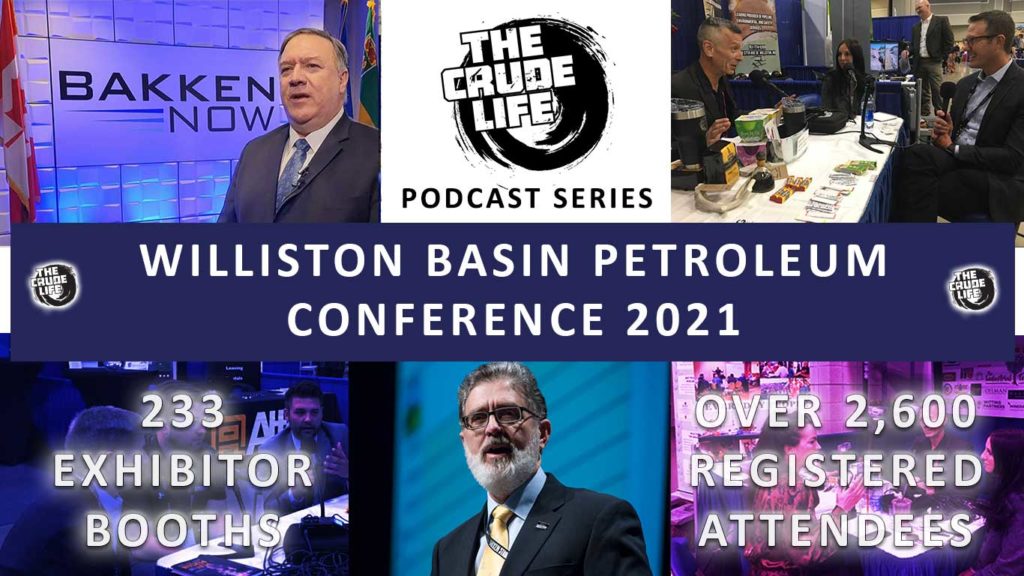
In HOUR TWO we WORK HARD with our Newsmaker Interview: Lynn Helms, Director, North Dakota Mineral Resources interviewed by The Crude Life Content Correspondent Genneca Houser
After some brief chit chat about the large shoes that Lynn Helms, the Director of the North Dakota Mineral Resources, fills in North Dakota Oil and Gas, we dove right in to some good information. Lynn began by outlining the phenomenal growth in the industry within the last ten years – until 2030. He talks about measures taken to keep everything leveled out until recovery. Thankfully, it seems the recovery period has already begun. So although it’s not as big as it was, the outlook is great so far as predicting another ten years of wonderful growth.
“So, we think that we’re gonna’ get really back in business next year and that we can have another decade of phenomenal growth and so I put some challenges out there of some things that people have to do to make that happen.” – Lynn Helms
The Director has some challenges to pose to those in the oil and gas
industry to promote the kind of growth that he’s looking at. There are
three challenges; the first challenge is to more than double the well
count in North Dakota by getting the wells that should be running, up
and running. The second challenge is to provide what’s needed (propane,
ethane, and etc.), store it, and then export it where it needs to go.
From what Lynn Helms was saying, North Dakota is “all in” when it comes
to building policy and legislation around how to help the goals. Then,
the third challenge is to double the amount of oil recovered over the
next ten years.
“We’re going to invest in research and field trials and figure out how to do what they call Enhanced Oil Recovery, which we think can double the amount of oil that we recover from the rock, and that’d be over the next ten years. Hopefully there’s more to come behind that.”
That, of course, led into a great discussion about Enhanced Oil
Recovery (EOR) in North Dakota. There are several research projects on
the use of Co2, according to Lynn Helms, and these projects could
potentially lead the entire state to becoming carbon neutral.
Specifically when we’re talking about using the captured carbon from the
coal fired power plants and the Co2 being transported into the state
for Enhanced Oil Recovery. There are multiple ways of accomplishing this
being studied that carry few successes at this time, but still offer
much hope. There has been some testing on re-injecting the Co2 directly
back into the gas that comes out with the oil, and even some testing
with different methods of nanotechnology. There’s even a research
project using nanotechnology to treat the wells, and it’s currently in
field trials.
“No, we’re pushing all the buttons – not just Co2.” – Lynn Helms, NDMR
Nanotechnology sounds like tech straight out of the future, but as it
turns out they may have found a way to utilize it in such a way that
would increase oil production in ways that no man is able. Apparently
these little “bots” are so small, less than 20 nanometers in size, that
they can fit into the pores of the shale where they will then release
whatever they are carrying on command. What happens then? They
deteriorate back into the earth through a fermentation process.
“They are made of stuff that degrades, so they completely degrade to nothing.”
There is a question about what would happen to the studies to advance carbon use if a climate tax were to be implemented. Lynn Helms believes the idea of a carbon tax is retro-active and says that North Dakota already has the right method to incentivize people to leave a smaller carbon footprint. He believes that if money is invested back into the positive programs it would lead people to make healthier decisions, rather than taxing people and limiting the capital for these programs to use at a critical time of growth.
“If you tax the money away from the company, how then do
you get them to raise capital and invest in what they need to be doing
7, 8 years from now? … I think they can invest that money more wisely
than our government can, and I work for the government, but the
government rarely makes wise investments…”
Sometimes the government can do good things, though. Lynn Helms seemed pretty happy with the idea of having a government partner to help get industry investment to help the state get to carbon neutral. The Clean Sustainable Energy Authority was born as a way to get the research, funding, and policies done to put the Governor’s goal in action. Calling North Dakota a “geologic jackpot,” Lynn says the landscape gives a unique opportunity to store and utilize Co2 in a way that will make North Dakota a carbon negative state in time.
“It’s not easy, but our state has worked hard to put the tax and regulatory and investment policies in place to partner with our industry; to provide them the carrot and the assistance to get there.”
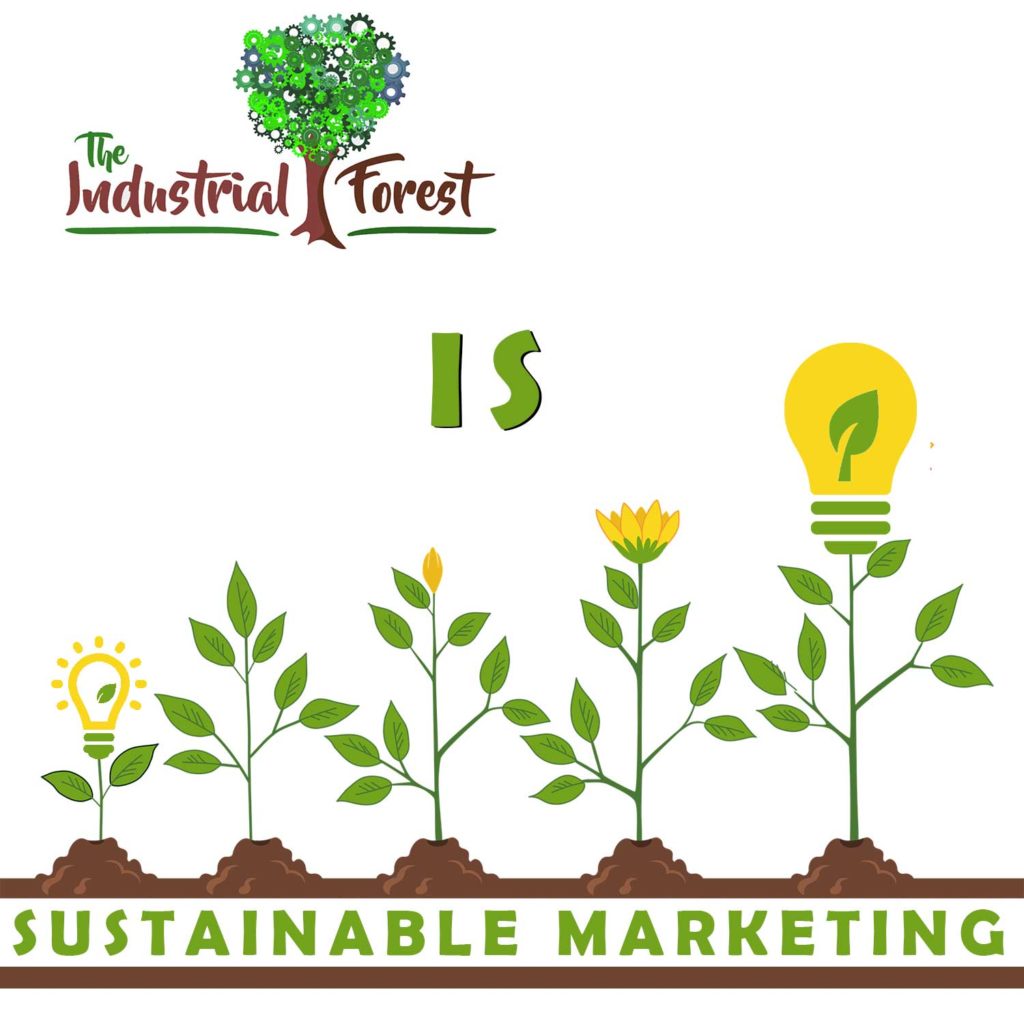
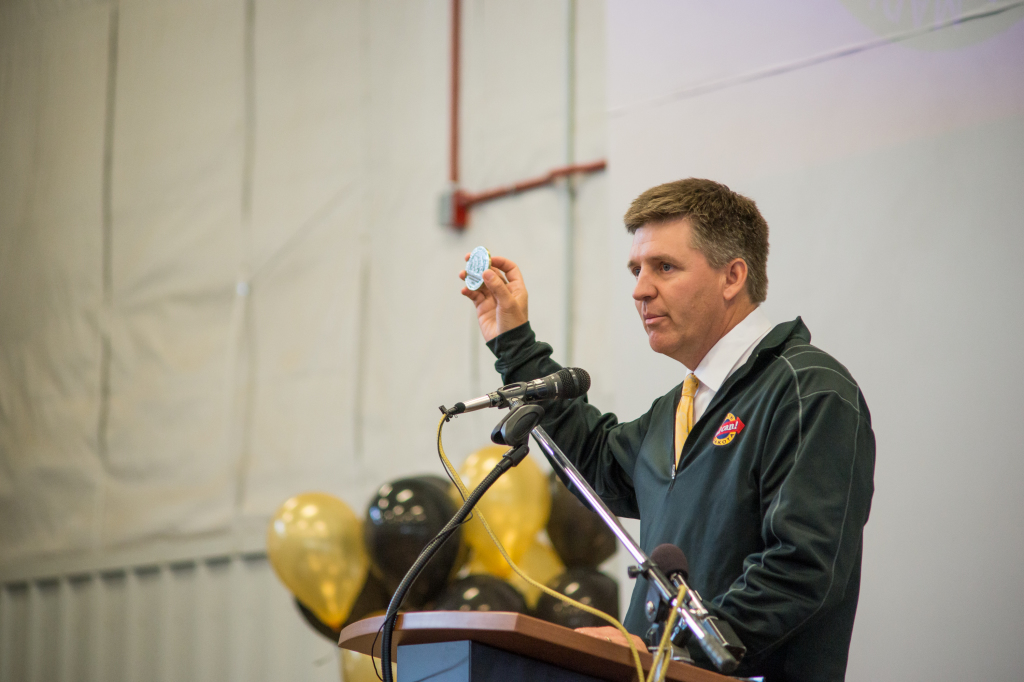
The Crude Life Daily Update For the Radio On The Podcast: Ron Ness, President, North Dakota Petroleum Council
Ron Ness, President, North Dakota Petroleum Council gives an overview of the advocacy organization’s members and what he felt the theme and intention was from this year’s Williston Basin Petroleum Conference
Click here for exclusive interview
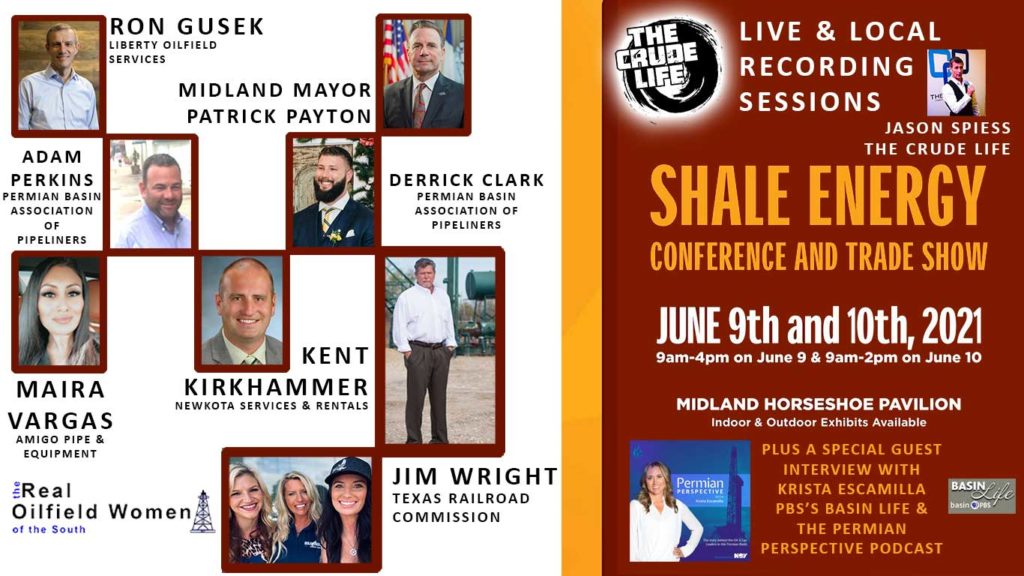
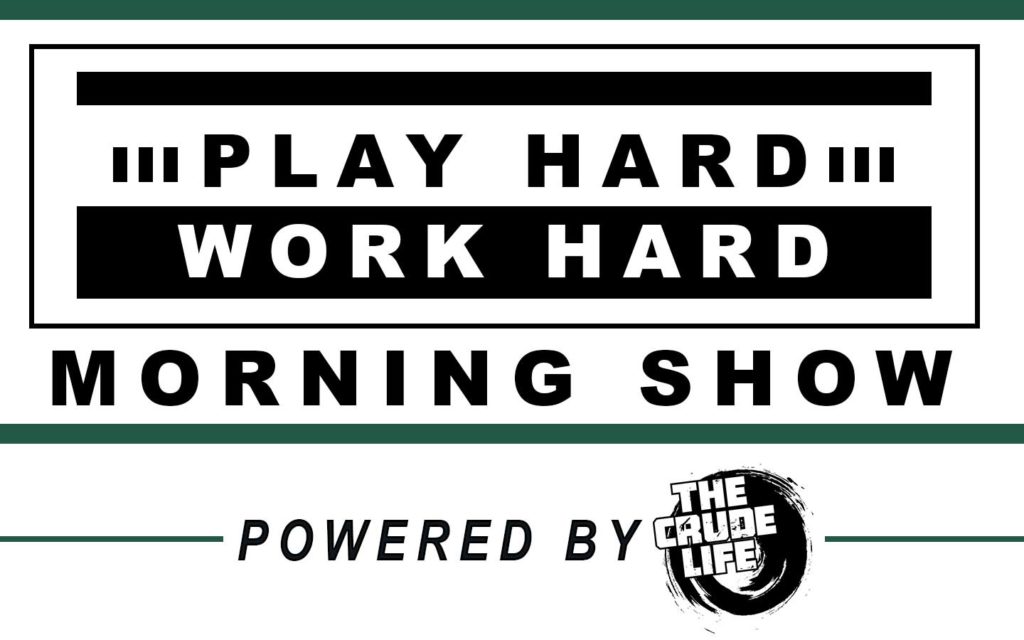
For sponsorship information on The Crude Life Morning Show Play Hard Work Hard, email studio@thecrudelife.com or click here.
Sponsors, Music and Other Show Notes

Studio Sponsor: The Industrial Forest
The Industrial Forest is a network of environmentally minded and socially conscious businesses that are using industrial innovations to build a network of sustainable forests across the United States.
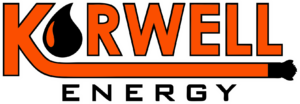
Weekly Sponsor: Korwell Energy
Korwell Energy is an industry leading designer, ASME code manufacturer, and remanufacturer of production equipment for oil and gas producers, throughout the Rocky Mountain Region.
They retain both an ASME U and R stamp. Their 28,000 sq ft of manufacturing shop with overhead cranes create a safe and productive environment for their team who collectively have over 75+ years of experience in manufacturing of ASME Oil and Gas production equipment.
Korwell prides themselves on outstanding customer service, expertise, and cutting-edge technology to partner with customers to maximize their individual production goals and help comply with ever changing regulations.

Weekly Sponsor: MineralTracker
MineralTracker is the only mineral management software that allows mineral owners to compare actual royalty payments to expected payments based on well performance and a proprietary, Bakken-specific reservoir model built by MineralTracker’s petroleum engineers.
MineralTracker was formed in Watford City, North Dakota, and is a subsidiary of First International Bank & Trust, a family-owned bank also based in Watford City.

Phone Line Sponsor: Swan Energy, Inc. 866.539.0860

Studio Email and Inbox Sponsor: To Be Announced

Featured Music: Moody River Band
For guest, band or show topic requests, email studio@thecrudelife.com
Spread the word. Support the industry. Share the energy.
If you have a chance, check out The Crude Life Podcast!

